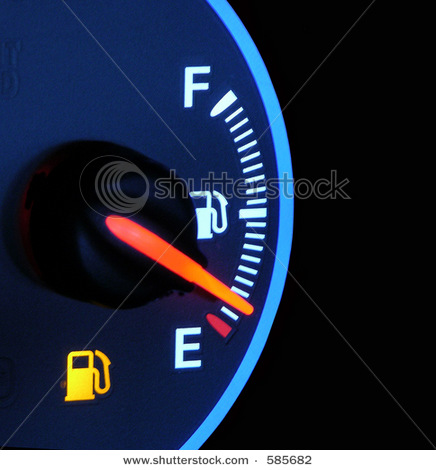I miss the competition! I miss the weight room filled with my teammates, adrenaline, sweat, chalk and enough testosterone to start a small revolution! I miss the only two concerns I ever had in life back in those days, school and hockey! My how things have changed. The game has taken its toll on me and I have the scars to prove it. Cuts, pulls, multiple shoulder surgeries and enough time spent in rehab to start my own PT clinic.
One thing that hasn’t changed is my passion for resistance training although the means and methods I use to attain adaptation have altered drastically. Age matters! "The difference between 60 and 16 is like the difference between filet mignon and beef jerky. At 60 we tear easy and heal slow. At 16, muscle pulls are rare and healing is relatively rapid." Coach Boyle hit the nail on the head. Although I am far from 60, here are three ways I have adjusted my training and our current training at Donskov Strength and Conditioning for aging athletes.
1.) Volume: Stress management is THE major responsibility of the Strength Coach. Seasoned athletes are much closer to reaching their genetic potential than that of their novice counterparts. Genetic potential is another way of saying adaptation reserve. Adaptation reserve can be compared to a gas tank.
Advanced athlete = almost full.
Beginner = running on fumes.

Placing excess volume into a full tank causes overflow, breakdown and an inability to properly function. Reducing total training volume (frequency, multiple stimulus, load) has made a drastic impact in my current program. Low doses of high intensity stress strategically placed and spread out appropriately have allowed me to continually adapt and most importantly has kept me feeling fresh and motivated. High volume work must be precisely placed in the training schedule allowing adequate recovery/regeneration.
2.) Avoidance: Focus on fewer qualities with a higher concentration and AVOID pain! The biggest determinant of a future injury is a previous one! Decrease vascularity, scar tissue, degeneration, osseous adaptations, spurring are all byproducts of injury. I have learned to work around my issues (eliminate certain exercises), NOT through them. Addition by subtraction applies to advanced athletes!
3.) Recovery: If hockey and school were my only two concerns at the moment I would be happier than a lottery winner on payday. Most days I feel like an insomniac on a sugar high: four in the mourning alarm clocks, coffee addiction, stresses of running a business, bills, responsibilities, relationships and my Type A, sympathetically dominant personality/nervous system make recovery/regeneration a MUST! Tissue quality, breathing (enhancing parasympathetic tone), stretching, message and other modalities (hot tub, sauna ect) are paramount in recovery and the ability to consistently train in the advanced stages of athletic development.
I still enjoy pushing, pulling and lifting heavy weight, but the placement of that stress has to be methodically placed in order for me to be ready for the next stimulus. My ability to recover has been challenged with my age and previous injuries. In the end, my goal is to continue to enjoy the weight room and allow my body the ability to handle the stress being placed upon it, not sacrificing my shoulders for an extra five pounds on the bench press. Training is not an end to a means, but a means to an end.
Anthony Donskov, MS, CSCS, PES, is a former collegiate and professional hockey player, founder of Donskov Strength and Conditioning Inc., (www.donskovsc.com) and Head Instructor/Director of Off-Ice Strength and Conditioning for Donskov Hockey Development (www.donskovhockey.com). He can be reached at info@donskovsc.com .
Facebook: http://www.facebook.com/pages/Donskov-Strength-and-Conditioning-Inc/111694352189187
Twitter: http://twitter.com/Donskovsc